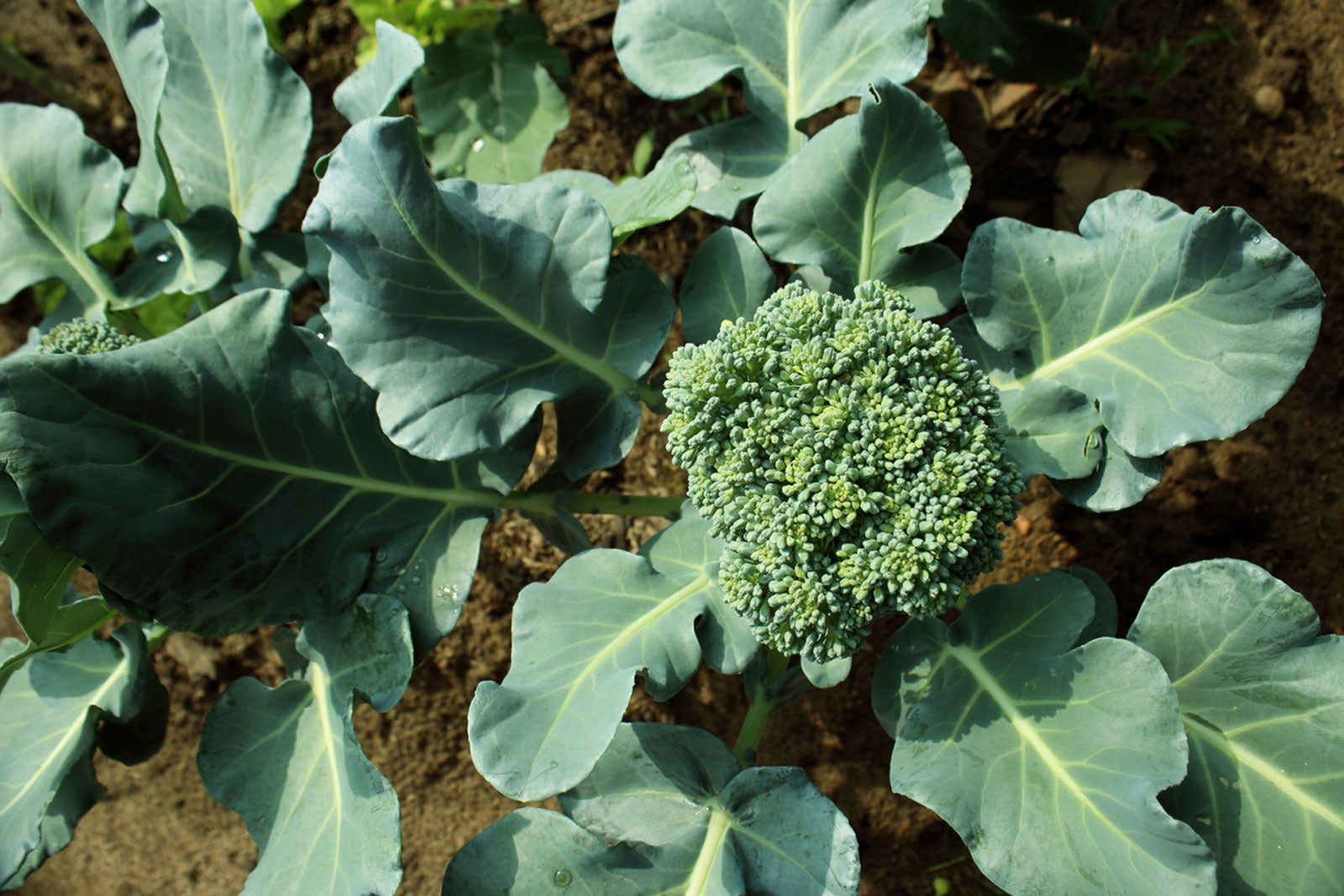Introduction
Growing broccoli in your garden is a rewarding experience that combines nutritious benefits with gardening satisfaction. Broccoli, a cool-season vegetable, thrives in well-prepared soil and cooler temperatures, making it an excellent choice for home gardeners seeking fresh, vitamin-rich greens. This guide will cover everything you need to know to grow broccoli successfully, from selecting the right variety to harvesting tips.
Choosing the Right Broccoli Variety
Which Broccoli Types Are Best for Home Gardens?
Selecting the right broccoli variety sets the foundation for a strong harvest. Some popular types include:
- Calabrese: The classic variety with large heads and thick stalks.
- Sprouting Broccoli: Produces multiple small heads over a longer period.
- Purple Broccoli: Visually appealing with antioxidant-rich purple florets.
Consider your local climate and growing season length when choosing. Early varieties mature in about 60 days, while others may take 90 days or more.
Preparing Your Garden for Broccoli Planting
Soil Requirements and Preparation
Broccoli grows best in fertile, well-drained soil with a pH between 6.0 and 7.0. Follow these steps for optimal soil preparation:
- Test soil pH with a kit to ensure it’s in the ideal range.
- Amend soil with organic matter like compost or aged manure to boost fertility.
- Ensure good drainage to prevent root diseases.
Site Selection
Pick a location that receives full sun (at least 6 hours daily). Broccoli prefers cooler temperatures, so avoid areas exposed to late afternoon heat.
Planting Broccoli: Seeds vs. Transplants
Starting from Seeds
- Sow seeds indoors 6-8 weeks before the last frost date.
- Maintain a temperature of 65-75°F for germination.
- Transplant seedlings outdoors when they have 4-6 true leaves.
Using Transplants
Transplants provide a head start, reducing the risk of pests and weather damage. Space plants 18-24 inches apart to allow room for growth.
Growing and Caring for Broccoli Plants
Watering and Fertilization
- Keep soil consistently moist but not waterlogged.
- Apply a balanced fertilizer high in nitrogen every 3-4 weeks.
Pest and Disease Management
Common pests include aphids, cabbage worms, and flea beetles. Use row covers to protect young plants and practice crop rotation to reduce disease risks.
Temperature and Light
Broccoli grows best in temperatures between 65-75°F. Prolonged heat can cause bolting (premature flowering), so provide shade if necessary during hot spells.
Harvesting and Storing Broccoli
When to Harvest
Harvest broccoli heads when they are firm, tight, and dark green, before the yellow flower buds open. Cut the main head with 6 inches of stalk.
Post-Harvest Tips
- Store broccoli in the refrigerator for up to a week.
- Cut side shoots will continue to produce smaller heads after the main harvest.
Conclusion
Growing broccoli in your garden is both practical and enjoyable with the right knowledge. By selecting suitable varieties, preparing your soil carefully, and managing plants attentively, you can ensure a bountiful and nutritious harvest. Start planning your broccoli garden today and enjoy fresh, homegrown greens that boost your health and culinary creativity.
